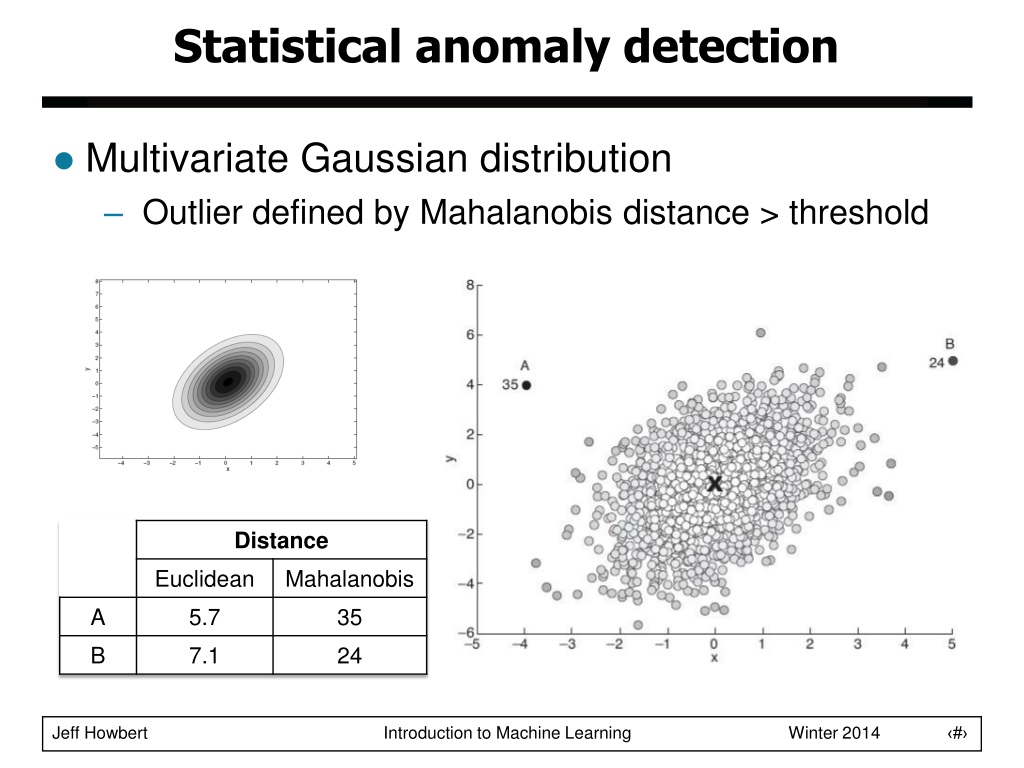

The exact capabilities will vary from product to product, as there is no standard anomaly detection mechanism. This is based on the premise that unexpected behavior could be the result of an attack. Anomaly detection is also supported on many IDS/IPS systems using statistical models to detect when something unusual is happening. Only signature-based detection has been discussed at this point. Knapp, Joel Thomas Langill, in Industrial Network Security (Second Edition), 2015 Anomaly-Based Intrusion Detection In the context of AI/ML models in the context of healthcare, the pervasive problem with missing data was discussed as well as modern methods of addressing these problems.Ĭomplex Event processing is exemplified in the context of healthcare.Ī data fusion architecture for Complex Event Processing was described to enable spatial, temporal and semantic reasoning in the context of IoT-Healthcare.Įric D. The detailed methodology and algorithms are discussed for each category of methods, including objective functions, key intuitions, assumptions, advantages, and disadvantages. The inference of knowledge over a single data instance or complex situation requires a foundation to find the right technology and methods to use.Ĭurrent challenges of Anomaly Detection and Methods addressing these challenges are presented. As technology advances, novel solutions are needed in many areas to address complex problems. The era of advanced data science enabled new solutions for long-existing challenges. To present a case study for the description of the anomaly detection method, we propose to use multisensory data from a semiautonomous vehicle performing different tasks in a closed environment.Īnomaly Detection, Classification and Complex Event Processing are a research area in multidisciplinary fields that constantly evolve due to the advances in data mining, machine learning, computer vision, big data, etc. The detected anomalies could consequently be employed to enable the system to evolve by integrating the new acquired knowledge. The described method leverages the message-passing capability of Generalized Dynamic Bayesian Networks (GDBNs) to provide anomalies at different abstraction levels for diverse types of time-series data (i.e., both low-dimensional and high-dimensional). In this chapter, we present a semisupervised method for the detection of anomalies for this type of self-aware agents. These techniques represent an essential step also for artificial self-aware systems that can continually learn from new situations. Lucio Marcenaro, in Advanced Methods and Deep Learning in Computer Vision, 2022 AbstractĪnomaly detection techniques constitute a fundamental resource in many applications such as medical image analysis, fraud detection or video surveillance. In industrial networks-especially in well-isolated control system enclaves-network behavior tends to be highly predictable, making anomaly detection more reliable.Ĭarlo Regazzoni. It is for this reason that anomaly-based threat detection is typically used passively, generating alerts rather than actively blocking suspect traffic. At the same time, however, anomaly detection trends toward a higher number of false positives, as a benign change in behavior can lead to an alert. This allows anomaly detection systems to identify zero day attacks or other threats for which no detection signature exists. Referred to as Network Anomaly Detection, these systems are able to detect a sudden increase in outbound traffic, an increase in sessions, an increase in total bytes transmitted, an increase in the number of unique destination IP addresses, or other quantifiable metrics.Īnomaly detection is useful because it does not require an explicitly defined signature in order to detect a threat. Because network flows are highly quantifiable, anomaly detection is often used to identify abnormal behavior in what devices are communicating, and how. Theoretically, anything monitored by the IDS could be used for anomaly detection. Anomaly detection uses statistical models to detect when something unusual is happening, on the premise that unexpected behavior could be the result of an attack. However, many IDS and IPS systems also support detection based on anomaly detection. So far, only signature-based detection has been discussed. Eric Knapp, in Industrial Network Security, 2011 Anomaly based Intrusion Detection


 0 kommentar(er)
0 kommentar(er)
